On the 16th of July 1969, the Saturn V rocket left Earth taking the Apollo 11 crew to the Moon – a key moment in achieving President Kennedy’s goal of landing a man on the Moon by the end of the decade. This moment took hundreds of thousands of NASA employees and a decades worth of intense research and development.
Without the help from an incredibly unique aircraft though, the Apollo program’s golden moment might never have happened in time. That aircraft was called “Guppy.”
In the early 60’s, NASA was working on the Gemini Project – a series of crewed spaceflight missions which would demonstrate the technologies needed to go to the Moon. The Gemini program used a Titan II rocket, a medium sized rocket which launched 10 astronauts during its time.
Moving onto the Saturn V
As the decade went on NASA found themselves working on much larger rockets, and with the designs for the massive Saturn V rocket taking shape, it was clear that transporting these giant rocket parts to the launch site was going to be a challenge.

Although the Saturn V launched from Florida, many sections of the rocket were actually made by different companies across the United States.
Each stage was too large to be transported by truck or train, so the only option was to send them on a barge, and for some stages, this involved a 20 day journey around Mexico via the Panama Canal (not ideal at all for a program that was already under immense time pressure.) For this, a custom built barge had to be made.
At the same time, US airlines were replacing their Boeing 377 Stratocruisers with more modern jet-engine airliners. Ex-airforce pilot John Conroy was aware of NASA’s transportation problems and saw this as an opportunity, so he bought two Stratocruisers from an aircraft broker and began converting them with his new company Aero Spacelines.
The birth of “Guppy”
They began by cutting one of the stratocruisers in half and inserting a section from the other stratocruiser to lengthen the vehicle by 5 meters. Then, to increase the size of the cargo bay, they built a new fuselage on top of the aircraft with a massive 6 meter diameter.

After the first test flight, Conroy deemed the plane a success as he was able to maintain full control of the aircraft even with two of its engines disabled. Despite the new fuselage, Guppy only weighed 1.3 tonnes more than the plane it was made from.
However, the enormous new shape caused a significant amount of drag and the aircraft could only fly at a cruising speed of 360km/h.
NASA were very doubtful that the plane could even leave the ground let alone carry their enormous rocket parts across the country, so Conroy flew Guppy to NASA’s spaceflight center in Houston to give them a demonstration.
NASA falls in love with Guppy
After showing the plane’s ability to fly safely, NASA were impressed and immediately began putting Guppy to work. The aircraft began transporting components for the Gemini program and cut the 20 day journey down to just 18 hours.
As the Apollo program developed, NASA was under a lot of pressure to assemble and launch the first Saturn V rocket, but Guppy’s flaws were starting to show. In order to load cargo into the plane, the entire rear section of the aircraft had to be unbolted and wheeled away.
The cargo bay also wasn’t pressurized, meaning that certain payloads couldn’t fly on the aircraft due to the change in pressure during flight. But when it came time to assemble the gigantic Saturn V, Guppy wasn’t big enough to carry the massive 3rd stage which was urgently needed for the first flight test.
So NASA went back to Conroy and asked his company to make a new aircraft – this aircraft was known as “Super Guppy.”

This time, the aircraft was built using a military Stratocruiser which was lengthened by an extra 10 metres. The new fuselage had a diameter of 7.6 meters (much wider than the previous version.) The new cargo bay was also fully pressurized, allowing more payloads to be transported.
This larger version of the aircraft was now capable of carrying sections of the Saturn V rocket, including the 3rd stage and the all important instrument unit.
The first Saturn V launch was scheduled for 1967 and despite some stages being a year behind schedule, Super Guppy delivered many of its payloads a year earlier than those traveling by barge. In November of 1967, the first ever Saturn V lifted off from the Kennedy Space Center, less than two years before Apollo 11 would land on the Moon.
Over the next few years, Guppy flew over a million kilometers and carried enormous sections of delicate rocketry for the Gemini and Apollo programs. Without Guppy, transporting and assembling the Saturn V rocket would have put NASA months, or perhaps years behind schedule.
In a program which had suffered major delays, Apollo 11 achieved Kennedy’s goal with just 5 months to spare.
After the Apollo days
Over the next couple of years, multiple variations of Guppy were produced to handle NASA’s transportation needs. This fleet continued to support NASA during the Skylab program in the 70’s and the International Space Station program in the late 90’s. Despite being an aircraft from the 60’s, NASA still uses Guppy today to transport its largest components.
/cloudfront-us-east-1.images.arcpublishing.com/gray/DLZLXUAJNFAFBPDCOEFC5X7ZGQ.jpg)
After playing a role in one of humanity’s greatest achievements, Guppy went on to inspire a new breed of aircraft like the Airbus Beluga which can carry entire aircraft fuselages in its cargo bay.
And although many cargo planes have surpassed Guppy in terms of capability, it will always be remembered as the aircraft that saved the Apollo program.
Its distinctive design came at a time when engineers were pushing the limits of their imaginations in order to achieve a seemingly impossible goal.
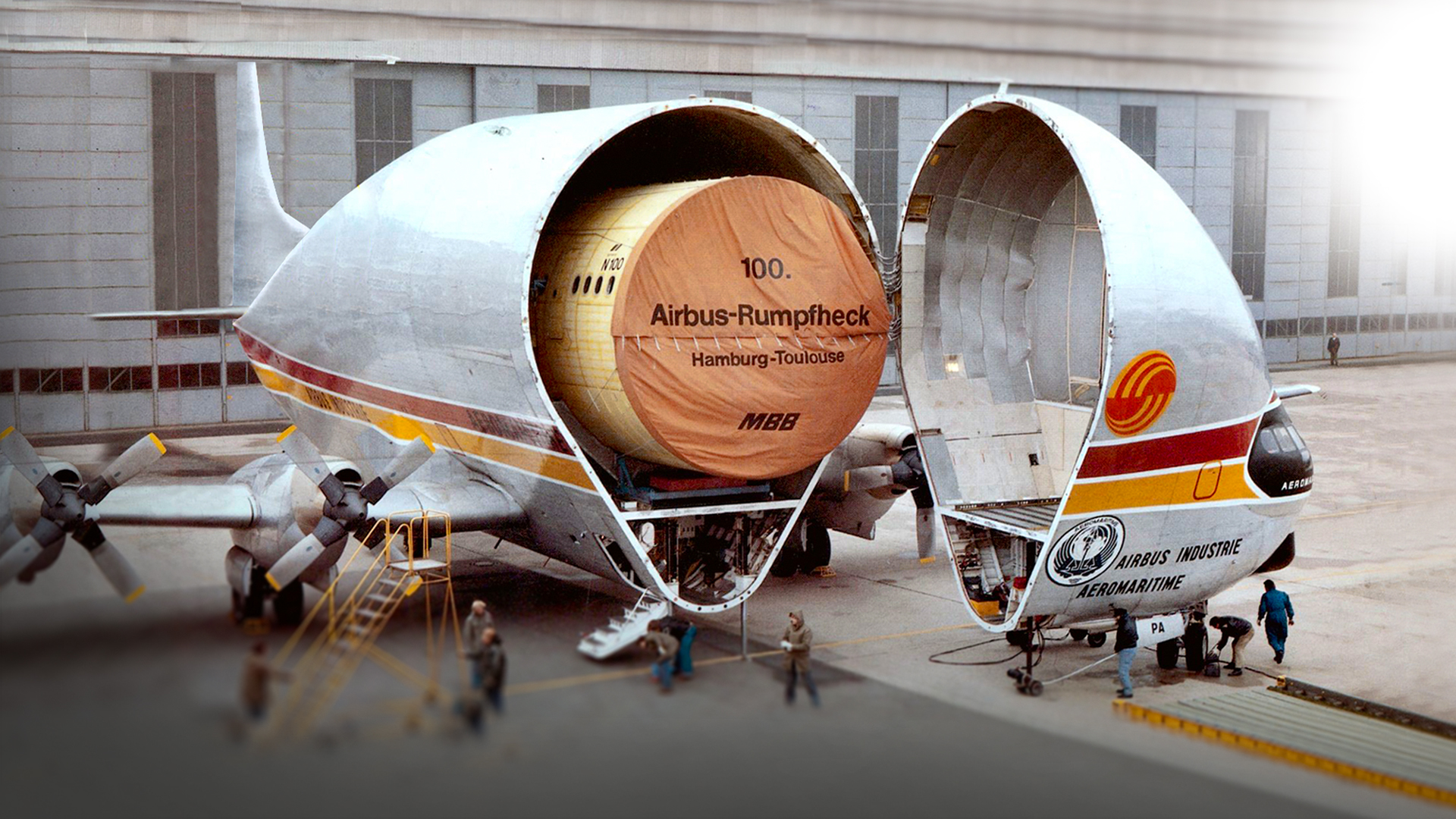
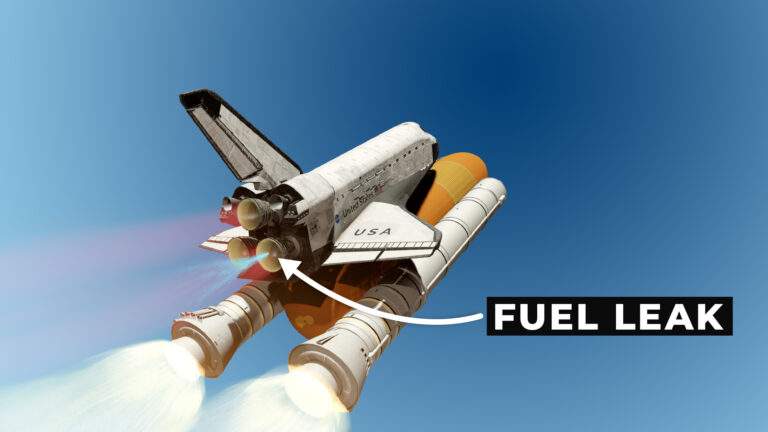
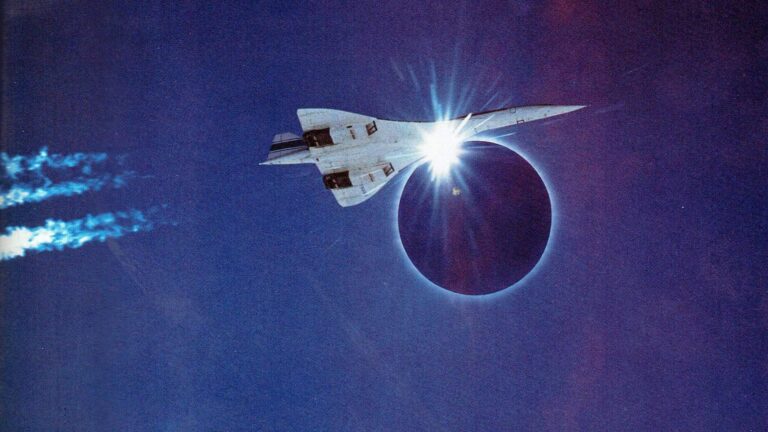
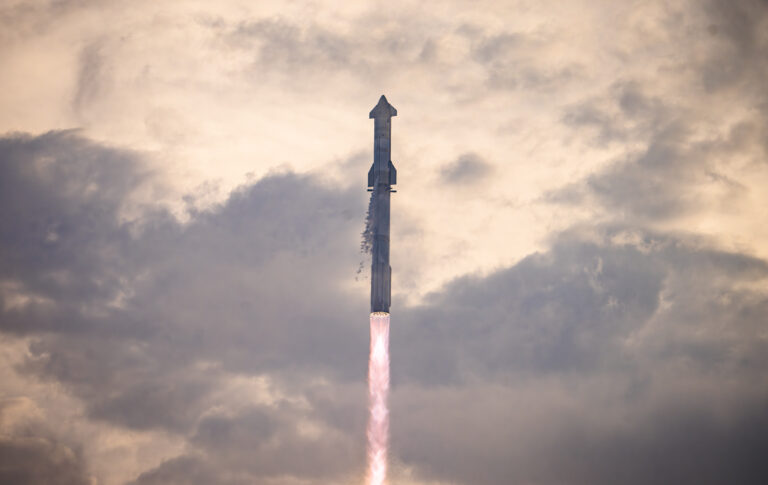
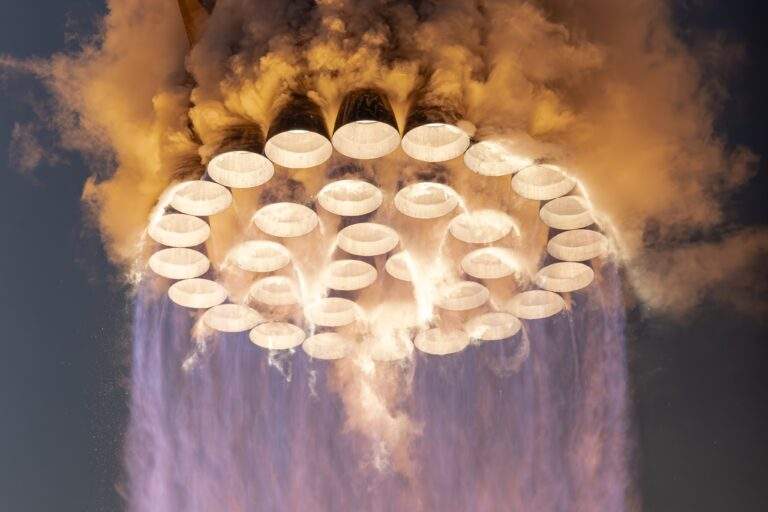



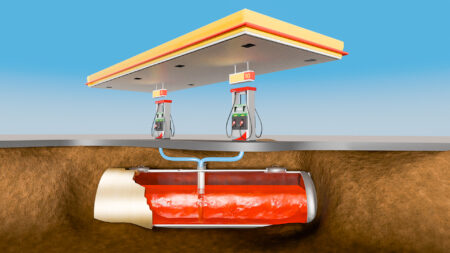


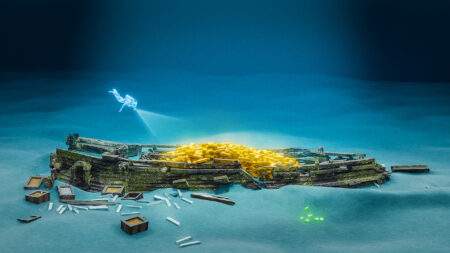

Thank you for your sharing. I am worried that I lack creative ideas. It is your article that makes me full of hope. Thank you. But, I have a question, can you help me?